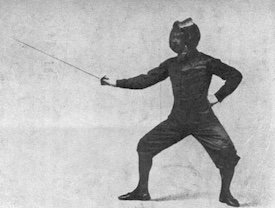analogsurviver
Headphoneus Supremus
- Joined
- Jul 2, 2012
- Posts
- 4,480
- Likes
- 373
Although not directly applicable to the FFT noise spike, you can test your PC if it has the performance required for conversions on the fly etc by downlading jRiver
http://www.jriver.com/ free trial. There is a benchmark test in its Help menu and in jRiver's blog you can figure out how many "points" are required for certain operation(s).
It can be simple playback of MP3 - up to converting on the fly while performing correction for the acoustics of the room or EQing headphones. And accordingly, the load on the computer can vary wildly as well. Although jRiver does not achieve the same quality as native DSD, converting MP3 on the fly up to DSD256 ( using DSD capable DAC of required performance ) can significantly improve the SQ of those MP3s. Or CD redbook... - the reason is the ability to use MUCH simpler filtering not affecting the soundstage nearly as much as CD redbook has to - by default.
For Mac, an "equivalent" is Amarra or Audirvana - being Windows user, no direct experience with these.
http://www.jriver.com/ free trial. There is a benchmark test in its Help menu and in jRiver's blog you can figure out how many "points" are required for certain operation(s).
It can be simple playback of MP3 - up to converting on the fly while performing correction for the acoustics of the room or EQing headphones. And accordingly, the load on the computer can vary wildly as well. Although jRiver does not achieve the same quality as native DSD, converting MP3 on the fly up to DSD256 ( using DSD capable DAC of required performance ) can significantly improve the SQ of those MP3s. Or CD redbook... - the reason is the ability to use MUCH simpler filtering not affecting the soundstage nearly as much as CD redbook has to - by default.
For Mac, an "equivalent" is Amarra or Audirvana - being Windows user, no direct experience with these.





















